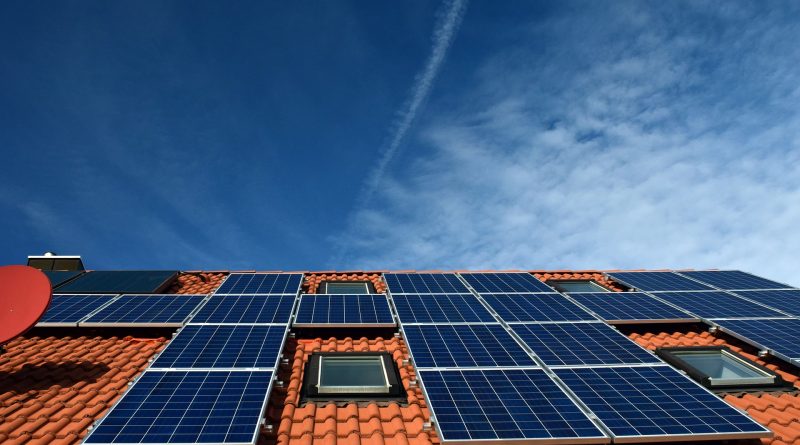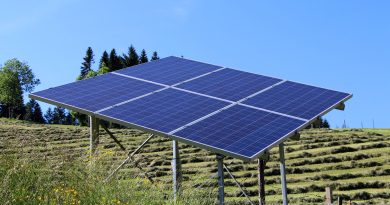Homeowner Guide: Going Solar Tips and Advice
Table of Contents
Are You a Homeowner Curious About Going Solar? Here’s Your Guide
Introduction:
Many homeowners are becoming increasingly curious about going solar due to its numerous benefits. Not only does solar energy help reduce electricity bills but also has a positive impact on the environment. If you are one of those homeowners eager to learn more about the process, this guide is for you. From understanding the basics of solar energy to installing solar panels, we will provide you with all the necessary information to make an informed decision.
The Basics of Solar Energy
Solar energy is the conversion of sunlight into electricity using photovoltaic (PV) cells. These cells are typically made of silicon and generate direct current (DC) electricity when exposed to sunlight. The electricity produced is then converted into alternating current (AC) through an inverter, making it compatible with household appliances.
Understanding the Benefits
1. Savings on Electricity Bills: One of the main advantages of going solar is the potential for significant savings on your electricity bills. By generating your own electricity, you’ll reduce reliance on the grid and the associated costs.
2. Environmental Impact: Solar energy is clean and renewable, which means it produces no greenhouse gas emissions or harmful pollutants. By choosing solar, you are actively contributing to a sustainable future.
3. Increased Home Value: Installing solar panels can increase the value of your home. Studies have shown that solar homes sell faster and at a higher premium compared to non-solar homes.
Assessing Your Home’s Suitability for Solar
Before diving into solar panel installation, it’s important to assess your home’s suitability. Here are a few key considerations:
1. Roof Orientation and Tilt: South-facing roofs with a slight tilt are ideal for optimal solar exposure. However, roofs that face east or west can also work well with some loss in efficiency.
2. Shading: Ensure that your roof does not receive significant shading from trees, buildings, or other obstructions. Shading can greatly reduce the energy production of your solar panels.
3. Structural Integrity: Ensure that your roof is in good condition and can handle the weight of solar panels. If your roof needs repairs or replacement, it would be advisable to address those before installation.
Choosing the Right Solar Installer
Finding the right solar installer is crucial for a smooth and successful installation process. Consider the following factors when selecting a solar installer:
1. Experience and Reputation: Look for installers with a proven track record and positive customer reviews. Also, check if they are properly licensed and insured.
2. Pricing and Financing Options: Compare quotes from different installers and consider financing options such as loans, leases, or power purchase agreements (PPAs) to make solar more affordable.
3. Warranty and Maintenance: Inquire about the warranty offered by the installer and the maintenance services they provide. A reputable installer should stand behind their work and offer ongoing support.
The Solar Installation Process
1. Initial Consultation: The installer will assess your home’s suitability, calculate your energy needs, and provide you with an estimate of the system size and cost.
2. Design and Permitting: The installer will design the solar system tailored to your specific needs and handle the necessary permits and paperwork.
3. Installation: Once the permits are obtained, the solar panels will be installed on your roof. This process typically takes a few days to a week depending on the complexity of the installation.
4. Inspection and Interconnection: After the installation, your local utility company will inspect the system and ensure that it meets safety and performance standards. Once approved, you can start enjoying solar energy.
Conclusion
Going solar can be a rewarding decision for homeowners, both financially and environmentally. By understanding the basics of solar energy, assessing your home’s suitability, choosing the right installer, and following the installation process, you can seamlessly transition to renewable energy. With rising electricity costs and a growing concern for the planet, going solar is a significant step towards a cleaner and more sustainable future.




